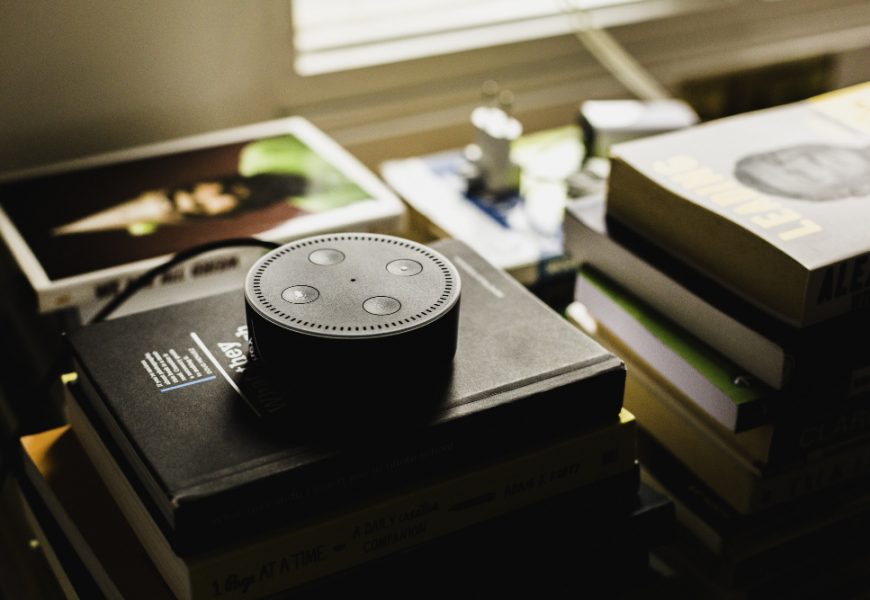The last five years have marked a period of astonishing acceleration in technological progress. What was once the realm of speculative fiction—machines that can write, reason, diagnose diseases, and even design new materials—is now an inseparable part of our world. Artificial Intelligence stands at the epicenter of this revolution. The maturation of deep learning architectures, particularly the advent of transformer-based models and multimodal AI systems, has fundamentally changed the landscape of computing. These models no longer perform narrow, predefined tasks—they interpret images, generate human-like language, create music and art, code software, and assist in scientific research with impressive fluency.
AI’s democratization has been a hallmark of this era. Open-source frameworks, collaborative platforms, and accessible APIs have allowed startups, students, and researchers to experiment with innovation once reserved for large corporations or government labs. This accessibility has led to a flourishing ecosystem of creativity where human ingenuity merges with machine capability. In healthcare, for example, AI now assists in protein folding predictions, accelerating drug discovery to unprecedented speeds; in education, adaptive learning systems tailor content dynamically to individual learners; in environmental science, predictive analytics models guide sustainable resource management.
Beyond AI, quantum computing has transitioned from theoretical promise to experimental validation. Companies and research institutions around the globe have reported milestones approaching quantum advantage—where quantum processors outperform classical systems in specific problem-solving contexts. These developments, while still early, open the door to breakthroughs in cryptography, molecular simulation, and massive-scale optimization problems that underpin logistics, energy, and finance.
Meanwhile, biotechnology has undergone an equally transformative journey. CRISPR-based gene-editing tools have been refined for greater precision, making it conceivable to correct genetic disorders at the cellular level. Synthetic biology has moved from merely decoding life to engineering it—building genetic circuits, synthetic organisms, and bio-computational frameworks that intertwine biology and digital design. In tandem, bioinformatics has leveraged massive genomic datasets and AI analytics to uncover insights about disease mechanisms and microbial ecosystems, driving new avenues for medicine and agriculture.
What ties these fields together is their intersectionality—an inherent collaboration between information science, biological inquiry, and human-centered design. As machines learn from humans, humans, in turn, design machines that better emulate creativity, empathy, and reasoning. The result is a fluid technological continuum, one that blurs the lines between tool and collaborator, between scientific experimentation and creative expression.
These advances, however, also provoke deep ethical and societal questions. Who controls the data feeding intelligent systems? How can global communities ensure equitable access to these tools? And, crucially, what role should we assign to machines that increasingly shape our economic and cultural realities? Over the past half-decade, interdisciplinary initiatives—linking technologists, ethicists, and policymakers—have sought to address these challenges. Their work reflects a key insight: that innovation without moral grounding can disrupt more than it empowers. The future of technology, as 2024 reveals, will depend as much on humanity’s wisdom as on its genius.
If the last five years have taught us anything, it is that innovation rarely happens in isolation. Today, the most fascinating breakthroughs occur when multiple disciplines intersect—when materials science merges with machine learning, or when immersive computing meets blockchain governance. This decade’s technological marvel is not a single invention but the synergy between systems that communicate, adapt, and evolve together.
Augmented and extended reality platforms have matured into indispensable mediums for collaboration and creativity. Once limited to entertainment, these immersive systems now underpin remote work, architectural visualization, healthcare simulation, and complex data interaction. Doctors collaborate on surgical planning in mixed-reality environments; engineers inspect digital twins of massive infrastructure projects before construction begins. These tools have fundamentally expanded how humans think and create in spatial contexts.
Blockchain, once regarded mainly as the foundation of cryptocurrencies, has evolved into a deeper paradigm for distributed trust. Tokenization of assets, decentralized finance (DeFi), and transparent supply-chain validation have redefined how value and information flow across networks. Combined with AI and the Internet of Things (IoT), blockchain systems now secure autonomous machine-to-machine transactions, enabling the rise of decentralized economies powered by intelligent agents rather than centralized intermediaries.
Meanwhile, the energy sector has seen remarkable leaps. Advances in nanotechnology and smart materials have enabled ultra-efficient batteries, solid-state storage devices, and even self-healing solar panels capable of optimizing output based on environmental data. These innovations stand at the heart of global sustainability efforts—especially as the pressure mounts to transition toward carbon-neutral industrial systems.
Robotics, enriched by progress in edge computing and 5G connectivity, has become more agile, autonomous, and context-aware. Swarm robotics, in particular, has redefined logistics, agriculture, and environmental monitoring. Robots no longer function as single-purpose machines; they’re collaborative entities capable of coordination, communication, and self-optimization.
And then there’s the silent revolution underneath it all: data infrastructure. The evolution of edge and cloud architectures, along with early steps toward 6G connectivity, has set the foundation for real-time global computation—where intelligence moves fluidly between local devices and distributed clouds. This enables instant responsiveness in autonomous vehicles, smart grids, and immersive communication systems that make physical distance nearly obsolete.
Crucially, this convergence of technologies is fostering a new technological philosophy—one rooted in responsible interconnectedness. The innovations of the 2020s are not only about power and performance but also about sustainability, inclusivity, and resilience. Whether through the design of recyclable electronics, ethical AI principles, or climate-focused digital twins, technology is being consciously steered toward harmony with ecological and social systems.
In essence, the most interesting technological innovations of the last five years have done more than advance specific industries—they’ve redefined how humanity relates to technology itself. Devices are no longer external instruments; they are extensions of human cognition, imagination, and community. As we move into the next phase of global digital transformation, the defining theme will not be competition between man and machine, but collaboration—a shared evolution toward a world where intelligence, in all its forms, works collectively to solve humanity’s greatest challenges and fulfill its most ambitious dreams.







